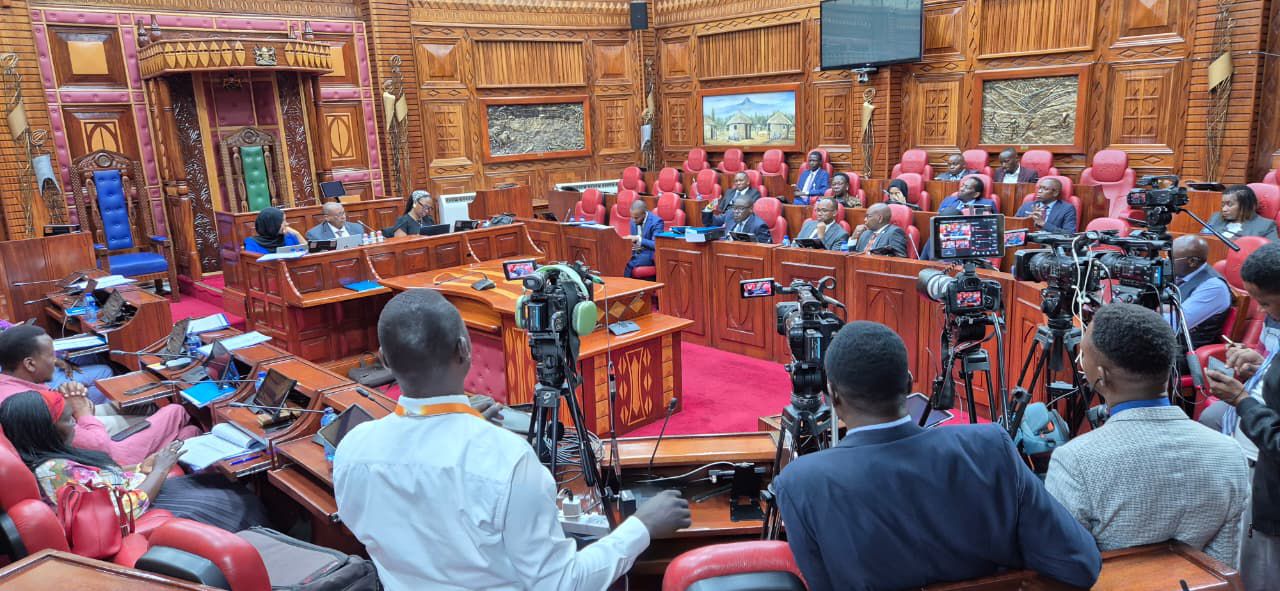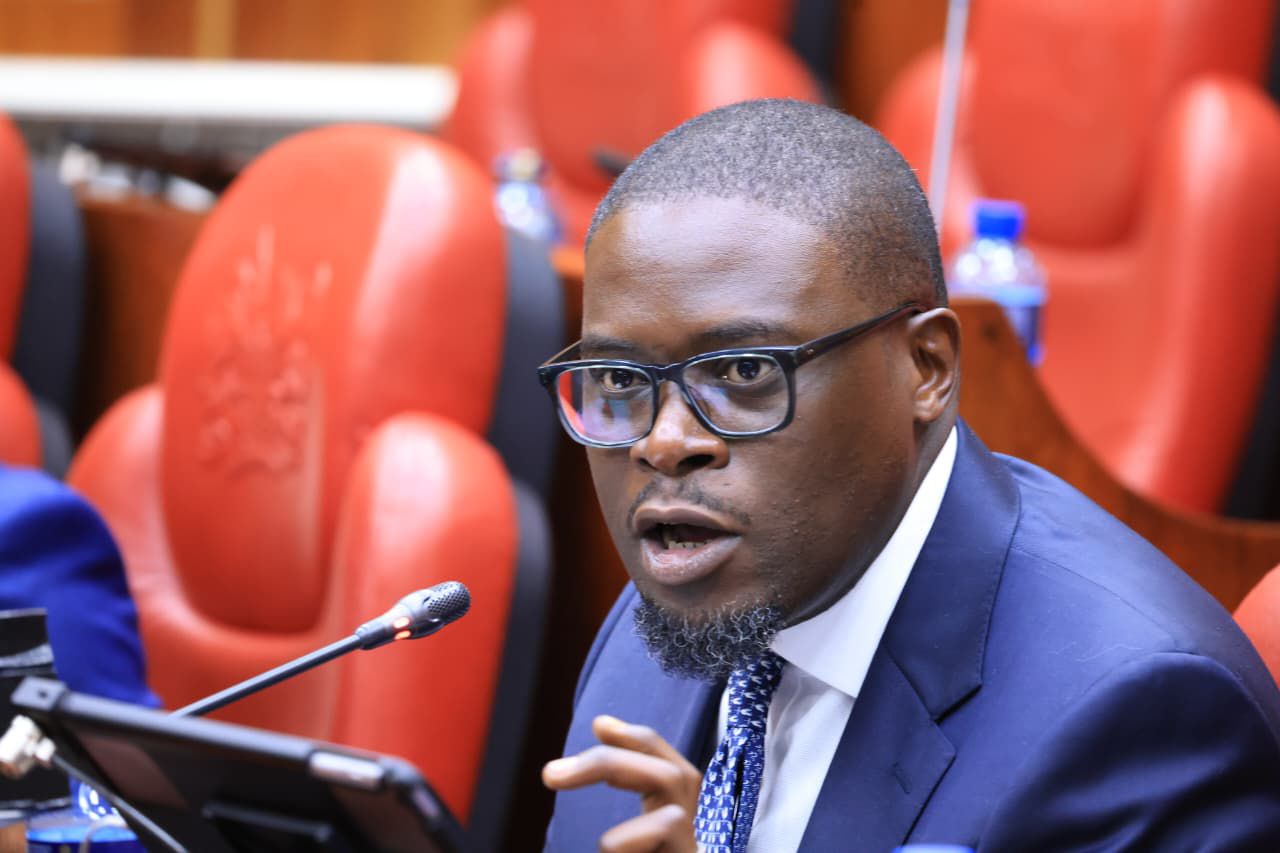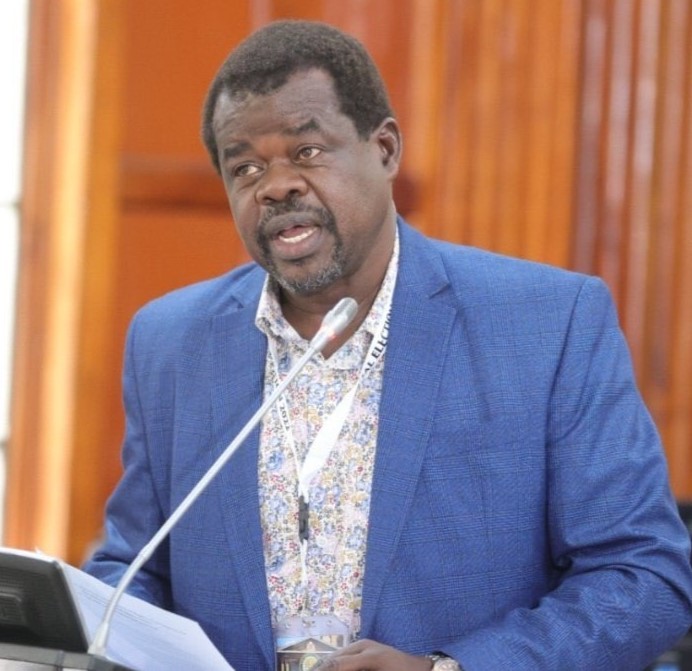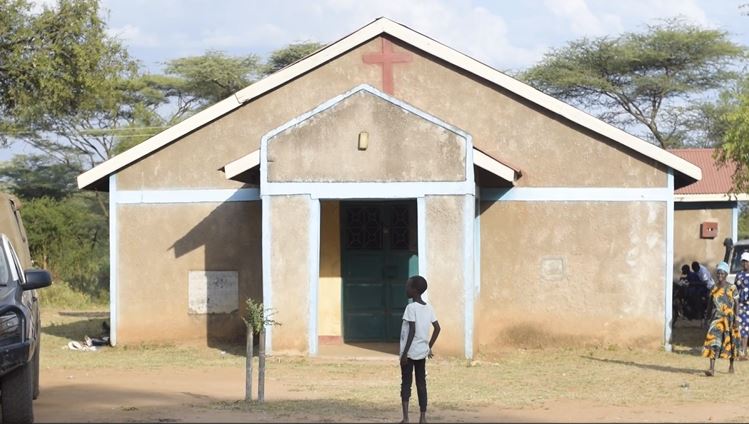Nairobi Governor Sakaja Johnson, appearing before the Senate Committee on Devolution to address concerns on budget absorption and stalled development projects for the 2022/2023 financial year, confirmed that City Hall inherited KSh118 billion in pending bills when he took office, KSh16 billion of which was left behind by the defunct Nairobi Metropolitan Services (NMS).
He noted that the county has reduced the pending bills down to KSh86 billion.
“Sh118 billion in pending bills is a lot of money,that isnwhat we got, the amount has reduced to 86B shillings in three years. As we reduce this, we must remember this is a service county. To raise more revenue, we digitised our collection platform and shifted from multiple business permits to a single business permit system, which has improved service delivery and boosted revenue,” he explained.
Sakaja reiterated that NMS left behind KSh16 billion in pending bills, some tied to stalled projects despite receiving KSh27 billion for development during its tenure.

The Governor also reported that Nairobi collected KSh13.8 billion in own-source revenue this year, the highest since the advent of devolution, up from KSh10.8 billion three years ago.
“KSh13.8 billion is the highest we have ever collected since devolution. We have raised the bar, and we hope to achieve even more this financial year,” he said, adding that several markets, stadiums, and other development projects are currently underway.
Through the Ward Development Fund, the county has implemented numerous projects, including road works across all 85 wards, with over 140 projects completed to date.
“Through the Ward Development Fund (WDF), we have constructed Early Childhood Development (ECDE) centres and continue to build more. We have also renovated social halls and sports facilities, including the construction of new stadiums such as Woodley, Kihumbuini and City Stadium, all of which are currently ongoing,” he continued.

On the issue of street lighting, Sakaja stated that while the county continues with the ongoing lighting programme, the pace could increase if Nairobi received a fairer share of electricity-related levies. He noted that Nairobians collectively pay KSh8 billion annually in electricity bills, including a Rural Electrification Levy, despite living in an urban area.
“Nairobi is a service county and is different from others. Nairobians pay Sh8 billion in power bills, yet these bills include a Rural Electrification charge. We have begun conversations to ensure Nairobi is considered so that part of this money can be used to light our streets for security. We are confident we will find a solution,” he said.
Responding to senators’ questions on the city’s roads network, Sakaja confirmed that Nairobi is currently undertaking road projects worth KSh2.1 billion, with major improvements visible across the city through collaboration with the national government.
“There is a lot happening on the ground. Many roads are taking shape across the city, and more will be delivered with time,” he said.
However, Sakaja criticized what he described as an imbalanced national road-funding structure. He stated that counties manage about 70% of Kenya’s road network but receive only KSh3 billion out of the KSh119 billion allocated nationally for road development and maintenance.
“It is high time we established a firm funding model. If counties have 70% of the roads, then they should get about 70% of the funds meant for roads,” he told senators, urging them to spearhead reforms in the allocation formula.
He added that a fairer share of infrastructure funds would help counties address pending works and accelerate service delivery, emphasizing that the Senate should “take over” the matter and champion a more realistic and equitable funding mechanism.
Sakaja appeared before the committee as part of ongoing oversight of Nairobi’s budget performance and stalled projects in the capital.











